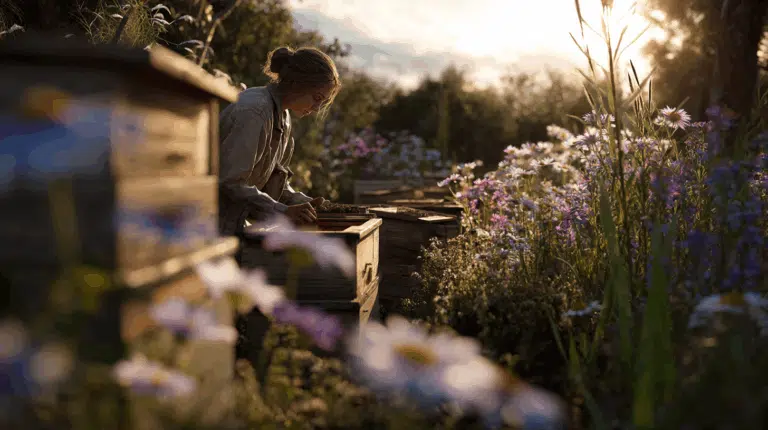A striking plant with long, trailing or upright clusters. Suitable for borders but primarily used as a cut flower, it adds a tropical touch and beautiful texture to bouquets.
With Amaranthus seeds from EasySeeds.eu, you can give your garden, border, or patio a unique, tropical accent. It's best known as a cut flower in bouquets. Amaranthus is a unique bedding plant that stands out for its long, graceful flowers and striking foliage colors. Sowing Amaranthus from seed offers gardeners the freedom to fill borders, pots, and containers with plants that create a striking and decorative look from late spring until the first frost.
Unique flowers and foliage colors:
Amaranthus produces long, drooping flower spikes in red, pink, yellow, or green, often with strikingly colored foliage. These unique shapes and shades make the plant a striking addition to any border, pot, or garden design.
Long-lasting blooms and low-maintenance:
Amaranthus blooms continuously from midsummer until the first frost and is easy to care for. It's an ideal plant for both novice and experienced gardeners looking for a striking accent in their garden.
Bee-friendly and ecological
The flowers attract pollinators such as bees and butterflies, which contributes to biodiversity and a healthy garden environment.
Borders & flowerbeds – Use Amaranthus for height accents and to create a playful, tropical effect in your garden.
Pots & Containers – Hanging Amaranthus varieties are ideal for pots, planters, and hanging baskets, creating a beautiful draping effect.
Combinations with other bedding plants – Combine with Zinnia, Tagetes or Petunia for a colorful and dynamic border design.
Cut flowers and decoration – The long, sturdy flower spikes are excellent for dried flowers and indoor flower arrangements.
Sowing time – Sow indoors from March to April or directly outdoors after the last frost for an optimal start.
Soil & Location – Use well-draining seed compost and choose a sunny location for maximum growth and flowering.
Care – Keep the soil moist during germination and the early growth phase; feed regularly to ensure strong, healthy plants.
Hardening off – Allow young plants to gradually acclimatise to outdoor conditions before planting them out permanently.
Maintenance – Remove wilted flowers to prolong flowering and keep the plants in optimal condition.
At EasySeeds.eu , you'll find a wide range of Amaranthus seeds , selected for their germination rate, color variation, and flowering intensity. Whether you want to fill borders, decorate pots, or create dried flowers, our Amaranthus seeds will help bring your garden to life in every season.
🌾 Discover our range now and order easily online – buy Amaranthus seeds at EasySeeds.eu!

Amartanthus caudatus: long, drooping flower clusters in red, purple, or green. Height: 60–120 cm.
Amaranthus cruentes: upright panicles in carmine, orange, or gold. Uses: ornamental and grain amaranth (seeds edible).
Amaranthus tricolor: upright panicles in carmine, orange, or gold. Uses: ornamental.
Amaranthus hypochondriacus: upright, dense panicles in purple, red, or pink. Uses: ornamental and cut flower.
For large-scale cultivation, approximately 1–2 kg of Amaranthus seeds per hectare is recommended, depending on the variety and desired planting density.
Both! Some species are grown for their decorative flowers, others for their edible leaves and seeds.
Amaranthus seeds should be sown in late spring, when the soil temperature is at least 15°C and the risk of frost has passed. This ensures optimal germination and growth.
The seeds usually germinate within 5–10 days at temperatures around 20–25°C.